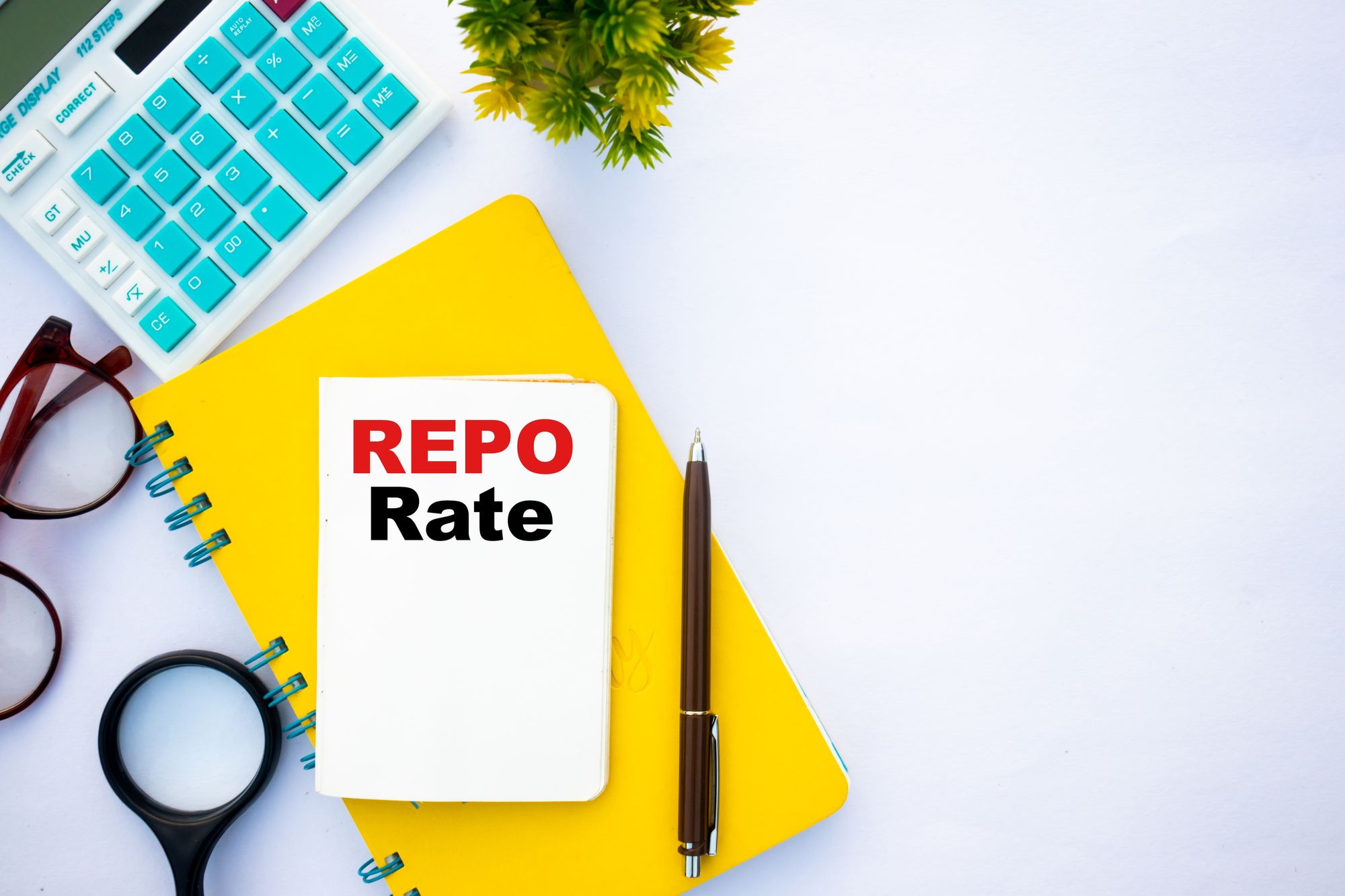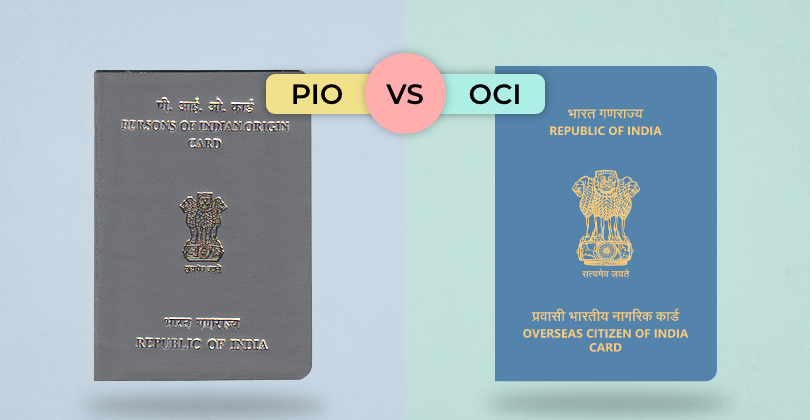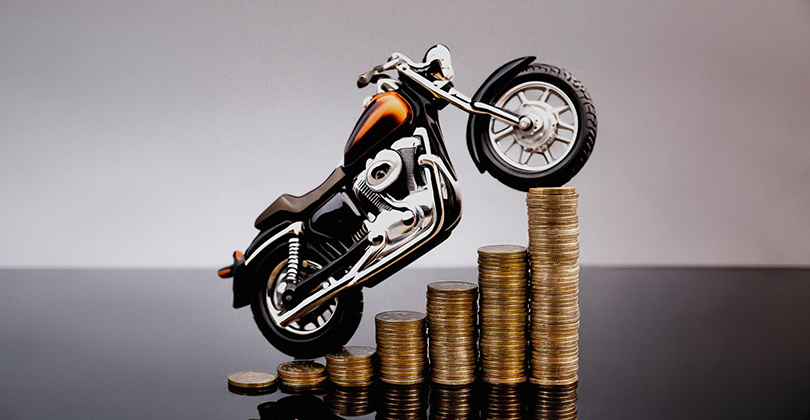Are you of Indian origin and living abroad? You've probably come across terms like PIO and OCI. These cards offer different benefits, but it can
India’s current repo rate stands at 6.50%. It has increased in the financial year 2022-23 by 250 basis points[1]. You must have read this everywhere on the internet, but what exactly does it mean and why is it important?
Don’t worry, in this article, we will tell you everything from what the repo rate is, to how it affects the economy.
What is Repo Rate?
The interest rate at which the RBI lends money to domestic banks is known as the repo rate, or Repurchase Agreement.
The repo rate is a key interest rate at which banks borrow money from the Reserve Bank of India (RBI). It is also known as the "repurchase rate," as it refers to the rate at which banks can borrow money by selling their securities to the RBI and buying them back at a later date.
If the repo rate increases, banks have to pay more money as interest to RBI, and they in turn, pass on this extra charge to the customers. So if the repo rate increases, loans become costlier for the general public.
How Does Repo Rate Work?
The central bank of India uses the repo rate to control money flow in the market. How? Let us explain.
To check inflation, the RBI increases the repo rate. When banks have to pay an increased interest on their loans, they limit their borrowing amount, which in turn reduces the amount of money flowing into the market, and helps curb inflation up to an extent.
In case of recession, repo rates are also reduced so that there is enough money in the market as the banks can then borrow more from the RBI and lend more to the people.
Simple, right?
But all this surely would have an impact on the economy of the country - read on to find out how.
How Does Repo Rate Affect the Economy?
So by now we already know that the repo rate is a tool used to control the money flow, inflation and liquidity of our country.
Now let’s see its effects on our economy.
During inflation, when the RBI increases its repo rate, investments and money supply slow down businesses and industries in the market. This in turn, hinders the growth of the economy while it controls inflation.
The opposite is also true. When the RBI needs to control excess funds in the market, it lowers the repo rate. Then the businesses and industries have an influx in investments, and an overall boost to the growth in the economy.
This way, repo rate can both boost or curb the growth of the economy of India.
What is Reverse Repo Rate?
The reverse repo rate is a mechanism used to drain market liquidity, reducing the ability of investors to borrow money.
Reverse repo rate is when the RBI borrows money from banks (in cases where the market is overflowing with funds). The banks earn interest on their securities with the RBI.
So, during high inflation in the market, RBI increases the reverse repo rate.
Banks can now earn higher interest on their holdings from the RBI. They add their excess money to the RBI’s funds and are left with limited money for lending to people. This helps in lowering inflation.
What is the Difference Between Repo Rate and Reverse Repo Rate?
Here are some differences between repo rate and reverse repo rate:
| Repo Rate | Reverse Repo Rate |
|---|---|
| It is the rate of interest banks pay to the RBI for loans issued to them. | It is the rate of interest the RBI pays to the banks against loans from them. |
| It is greater than the reverse repo rate. | It is lower than the repo rate. |
| It is used to control inflation in the market. | It is used to control the excess money-flow in the market. |
| It involves selling securities that can be repurchased at a later time. | It involves the transfer of funds from one account to another. |
| The current repo rate in India is 6.25%. | The current reverse repo rate is 3.35%. |
Conclusion
To sum it all up, repo rate is the rate at which the RBI lends out money to other banks and controls inflation. The reverse repo rate is the tool RBI uses to lower the extra money-flow and lending.
These are two extremely important mechanisms that the central bank has been using. The repo rate and the reverse repo rate can even affect the country’s overall economy on a large scale. Educating ourselves on the subject matter will help keep us in the know and work against inflation in the long run. Consider these mechanisms carefully before taking a loan or making any long-term financial decisions.
Frequently Asked Questions
The Repo Rate of India is currently at 6.25% as of December, 2022.
The Reverse Repo Rate of India is currently at 3.35% as of December, 2022.
The Monetary Policy Committee (MPC), which is chaired by the RBI governor, determines the Repo Rate based on current inflation and fiscal estimates.
Repo Rates affect nearly every kind of major loan including home loans, vehicle loans and personal loans.
The Repo Rate of the country will directly affect average individuals who take loans or borrow money. An increase in the Repo Rate will cause an increase in the interest being charged on the majority of loans that an individual takes.
The Repo Rate usually affects Fixed Deposits in a positive way. The right fixed-income tools can even yield a higher rate of returns when the Repo Rate of the country rises.
An increase in the Repo Rate can affect the economy majorly and even slow down its growth. Essentially, a spike in interest rates can lead to an overall reduction in purchases as well as the overall production of goods and services.
The central bank charges a certain interest rate when providing loans to commercial banks and other financial institutions like NBFCs. This rate of interest is known as the Bank Rate.
References:
AUTHOR
KreditBee As a market leader in the Fintech industry, we strive to bring you the best information to help you manage finances better. These blogs aim to make complicated monetary matters a whole lot simpler.







